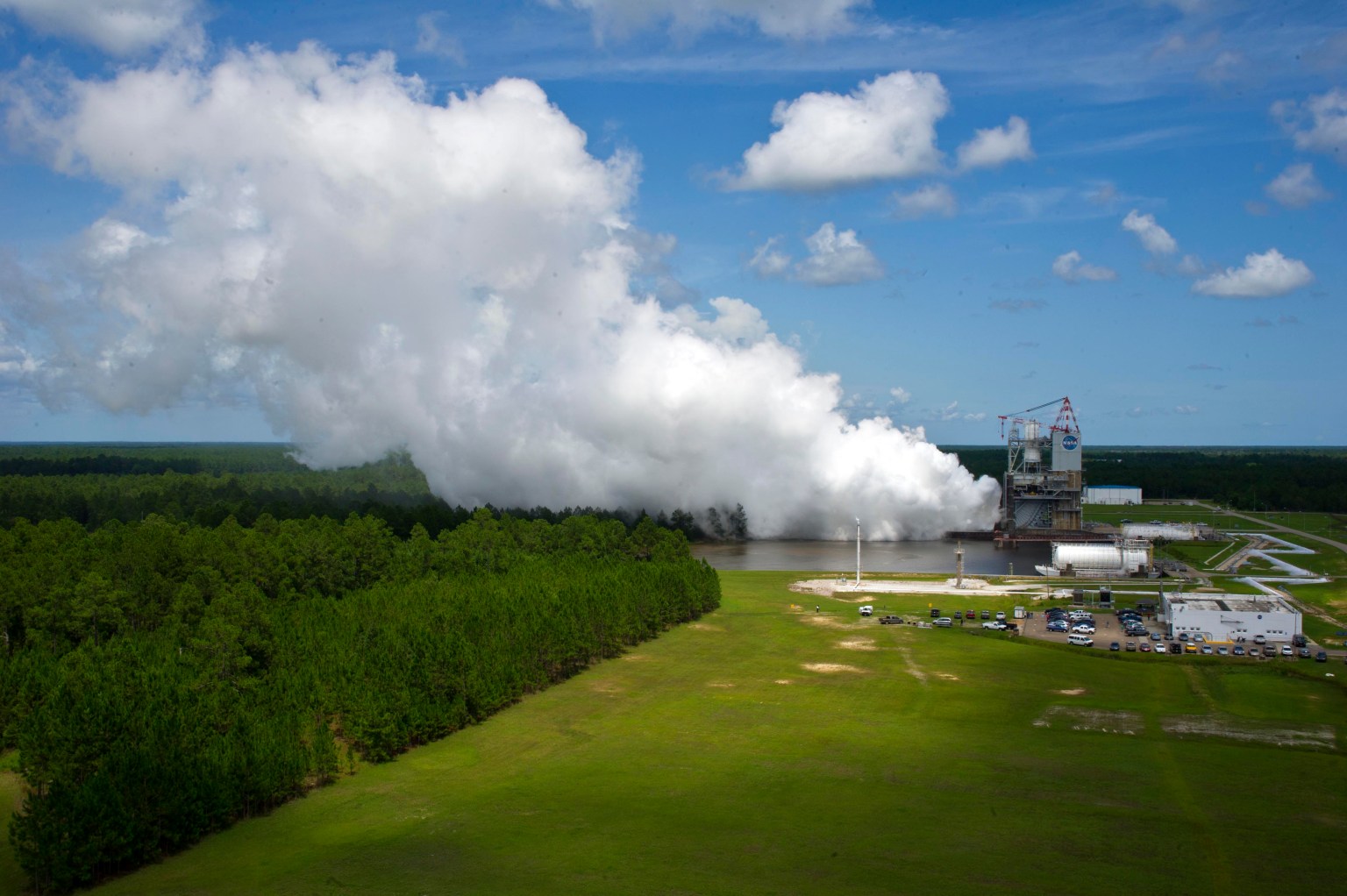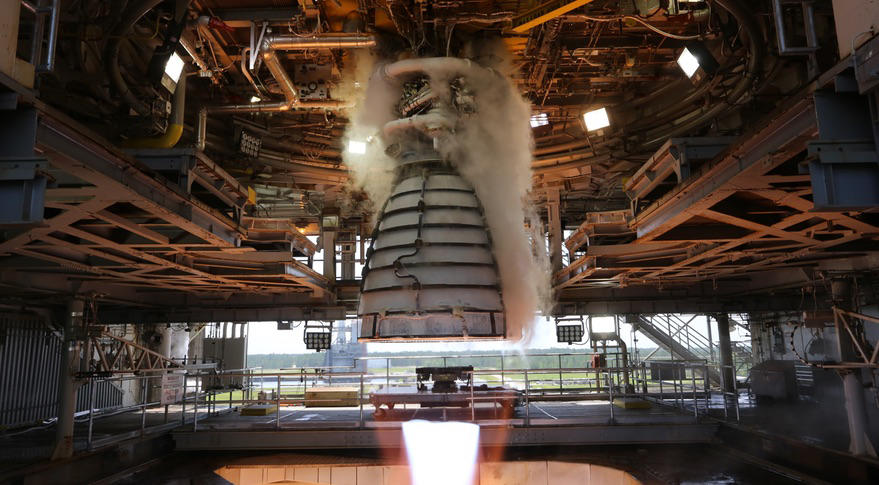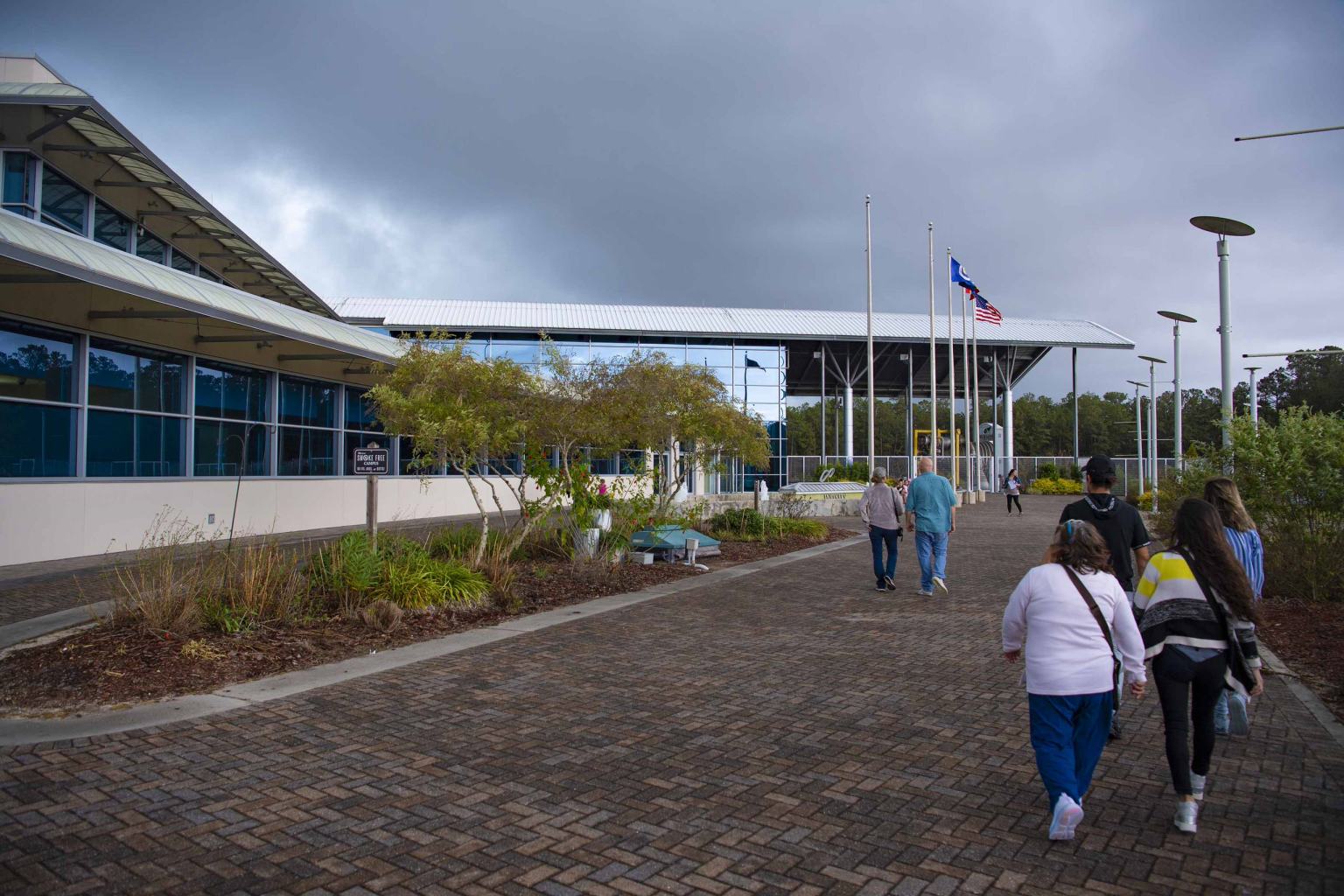4 min read
Preparations for Next Moonwalk Simulations Underway (and Underwater) 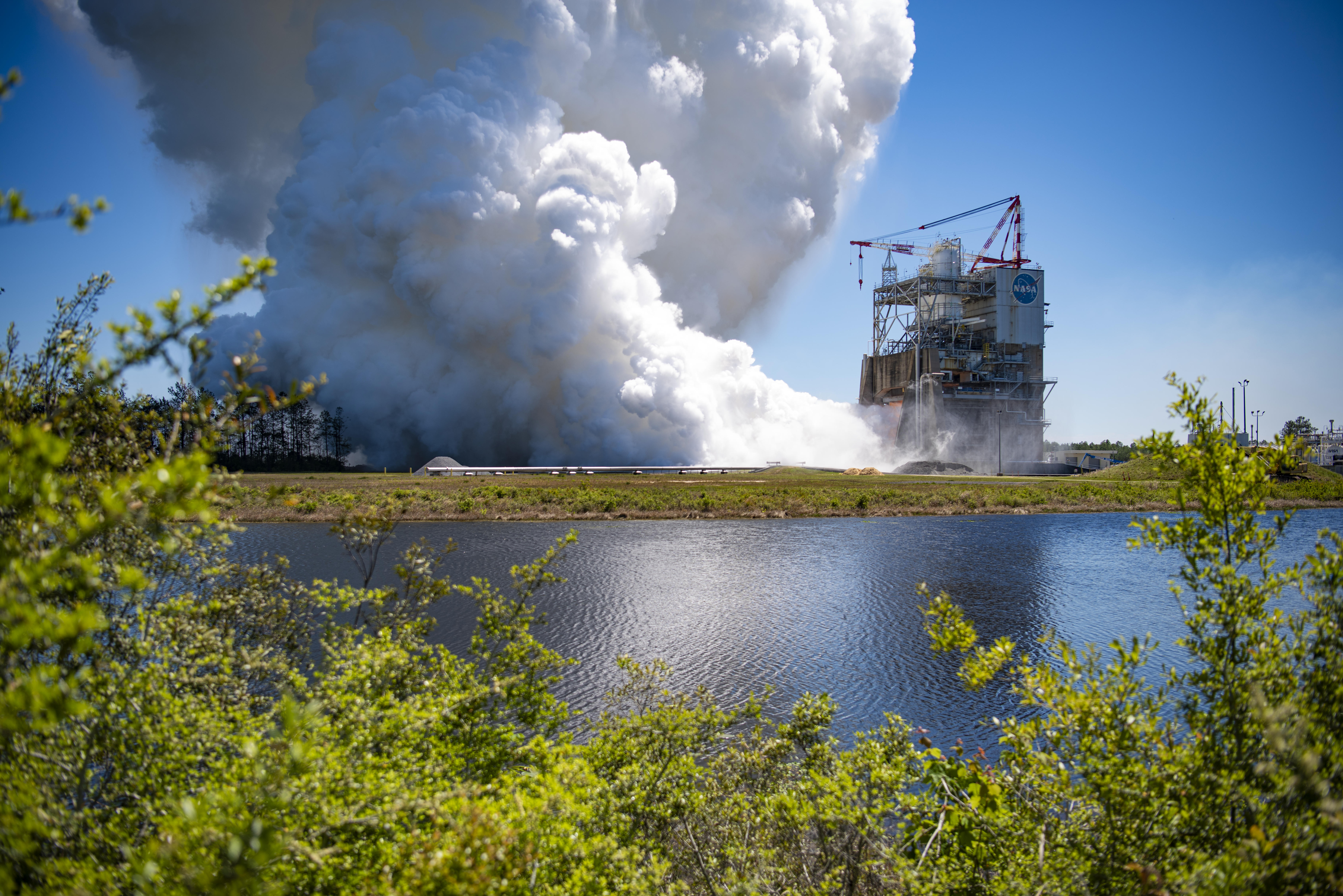 NASA conducted a full-duration RS-25 hot fire April 3 on the Fred Haise Test Stand at NASA’s Stennis Space Center near Bay St. Louis, Mississippi, achieving a major milestone for future Artemis flights of NASA’s SLS (Space Launch System) rocket. It marked the final test of a 12-test series to certify production of new RS-25 engines by lead contractor Aerojet Rocketdyne, an L3Harris Technologies company, to help power NASA’s SLS rocket on Artemis missions to the Moon and beyond, beginning with Artemis V. NASA/Danny Nowlin
NASA conducted a full-duration RS-25 hot fire April 3 on the Fred Haise Test Stand at NASA’s Stennis Space Center near Bay St. Louis, Mississippi, achieving a major milestone for future Artemis flights of NASA’s SLS (Space Launch System) rocket. It marked the final test of a 12-test series to certify production of new RS-25 engines by lead contractor Aerojet Rocketdyne, an L3Harris Technologies company, to help power NASA’s SLS rocket on Artemis missions to the Moon and beyond, beginning with Artemis V. NASA/Danny Nowlin 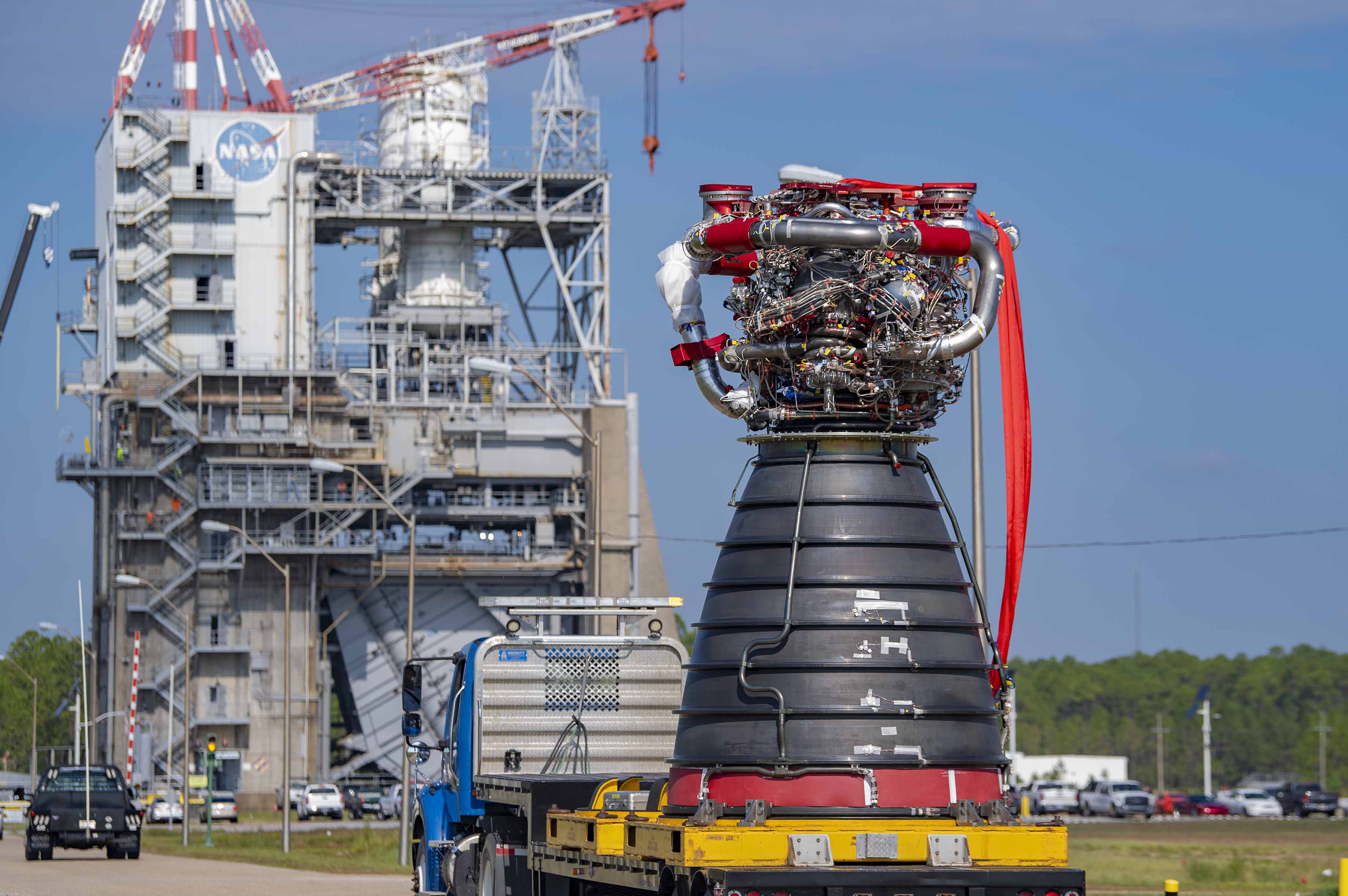 Crews transport RS-25 developmental engine E0525 to the Fred Haise Test Stand at NASA’s Stennis Space Center on Aug. 30, 2023, for the second and final certification test series.NASA/Danny Nowlin
Crews transport RS-25 developmental engine E0525 to the Fred Haise Test Stand at NASA’s Stennis Space Center on Aug. 30, 2023, for the second and final certification test series.NASA/Danny Nowlin 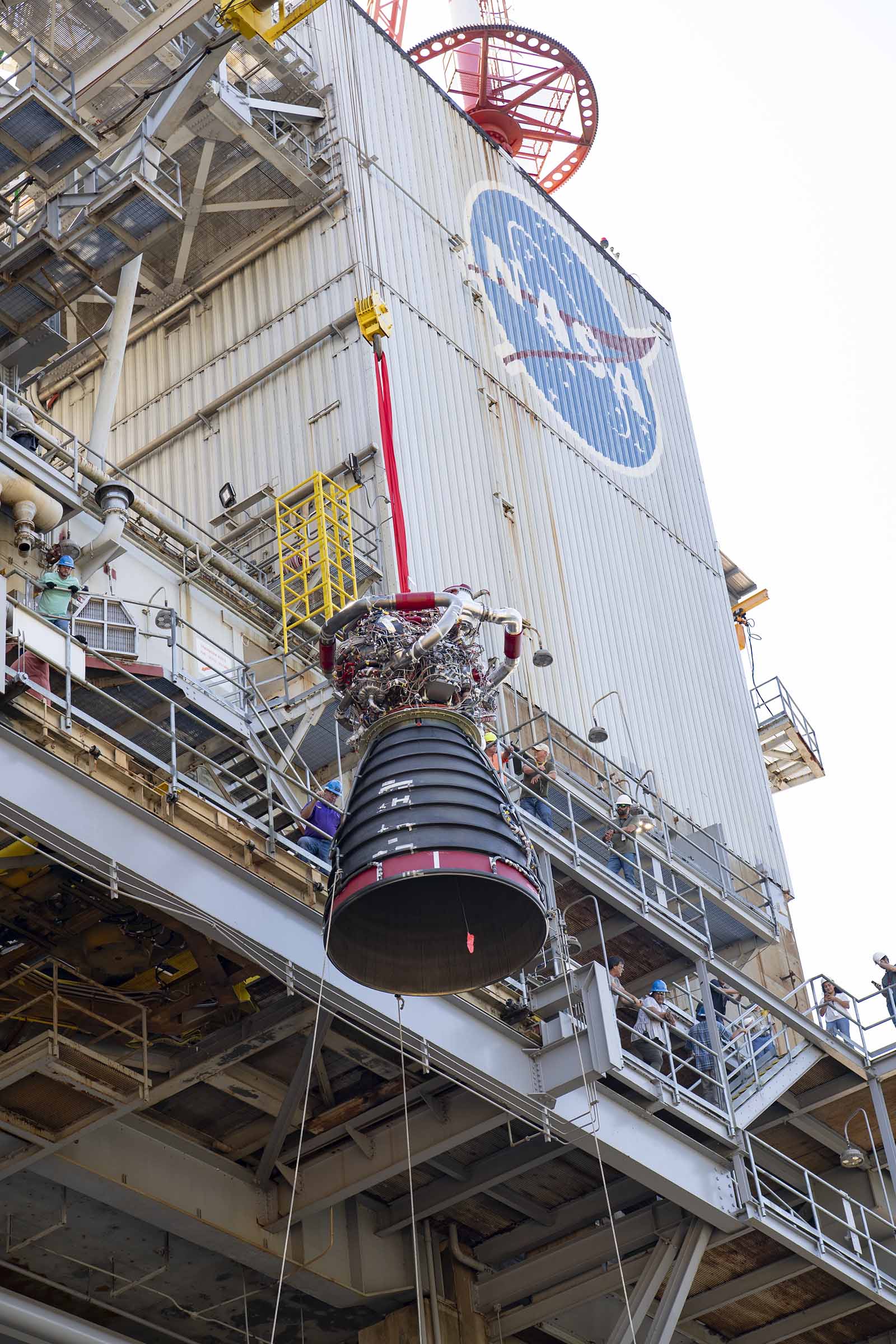 A crane lifts developmental engine E0525 onto the Fred Haise Test Stand at NASA’s Stennis Space Center on Aug. 30, 2023, in preparation for a series of 12 tests to collect performance data for lead SLS (Space Launch System) engines contractor Aerojet Rocketdyne, an L3Harris Technologies company, to produce engines that will help power the SLS rocket, beginning with Artemis V.NASA/Danny Nowlin
A crane lifts developmental engine E0525 onto the Fred Haise Test Stand at NASA’s Stennis Space Center on Aug. 30, 2023, in preparation for a series of 12 tests to collect performance data for lead SLS (Space Launch System) engines contractor Aerojet Rocketdyne, an L3Harris Technologies company, to produce engines that will help power the SLS rocket, beginning with Artemis V.NASA/Danny Nowlin 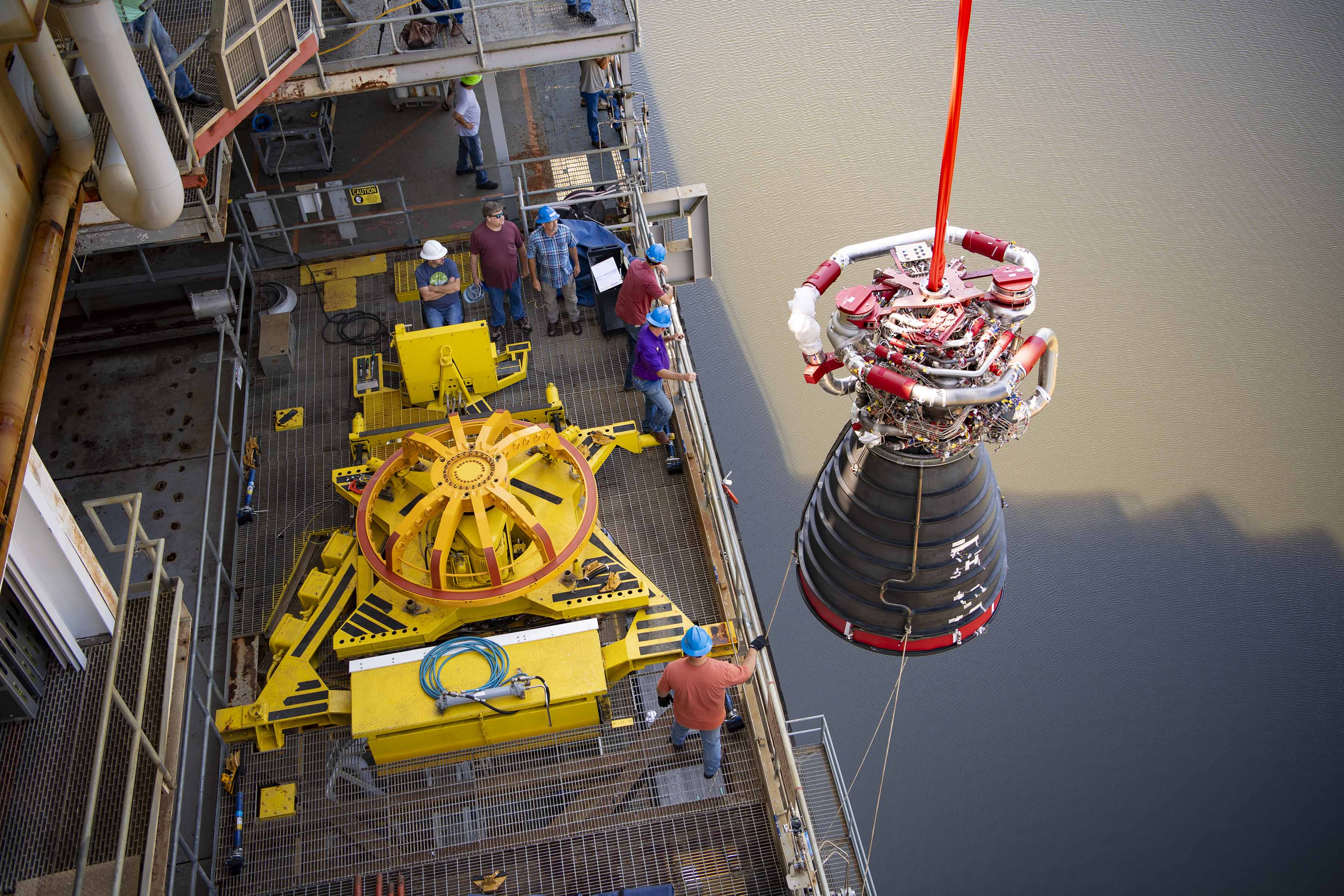 Crews prepare to place RS-25 engine E0525 on the engine vertical installer on the Fred Haise Test Stand at NASA’s Stennis Space Center on Aug. 30, 2023. NASA/Danny Nowlin
Crews prepare to place RS-25 engine E0525 on the engine vertical installer on the Fred Haise Test Stand at NASA’s Stennis Space Center on Aug. 30, 2023. NASA/Danny Nowlin 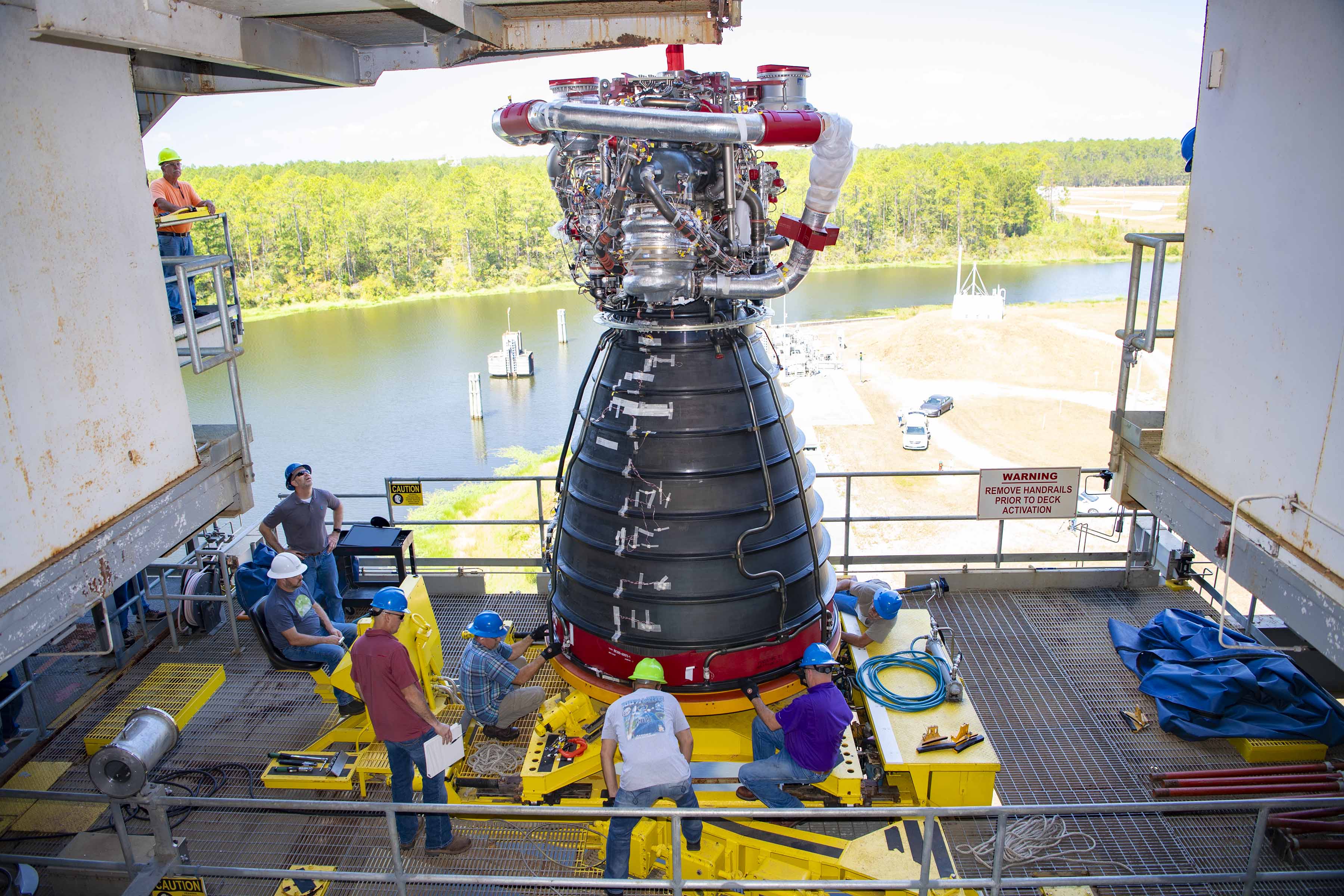 Team members ready RS-25 engine E0525 for full installation on the Fred Haise Test Stand at NASA’s Stennis Space Center on Aug. 30, 2023, for a second certification test series to collect data for the final RS-25 design certification review.NASA/Danny Nowlin
Team members ready RS-25 engine E0525 for full installation on the Fred Haise Test Stand at NASA’s Stennis Space Center on Aug. 30, 2023, for a second certification test series to collect data for the final RS-25 design certification review.NASA/Danny Nowlin 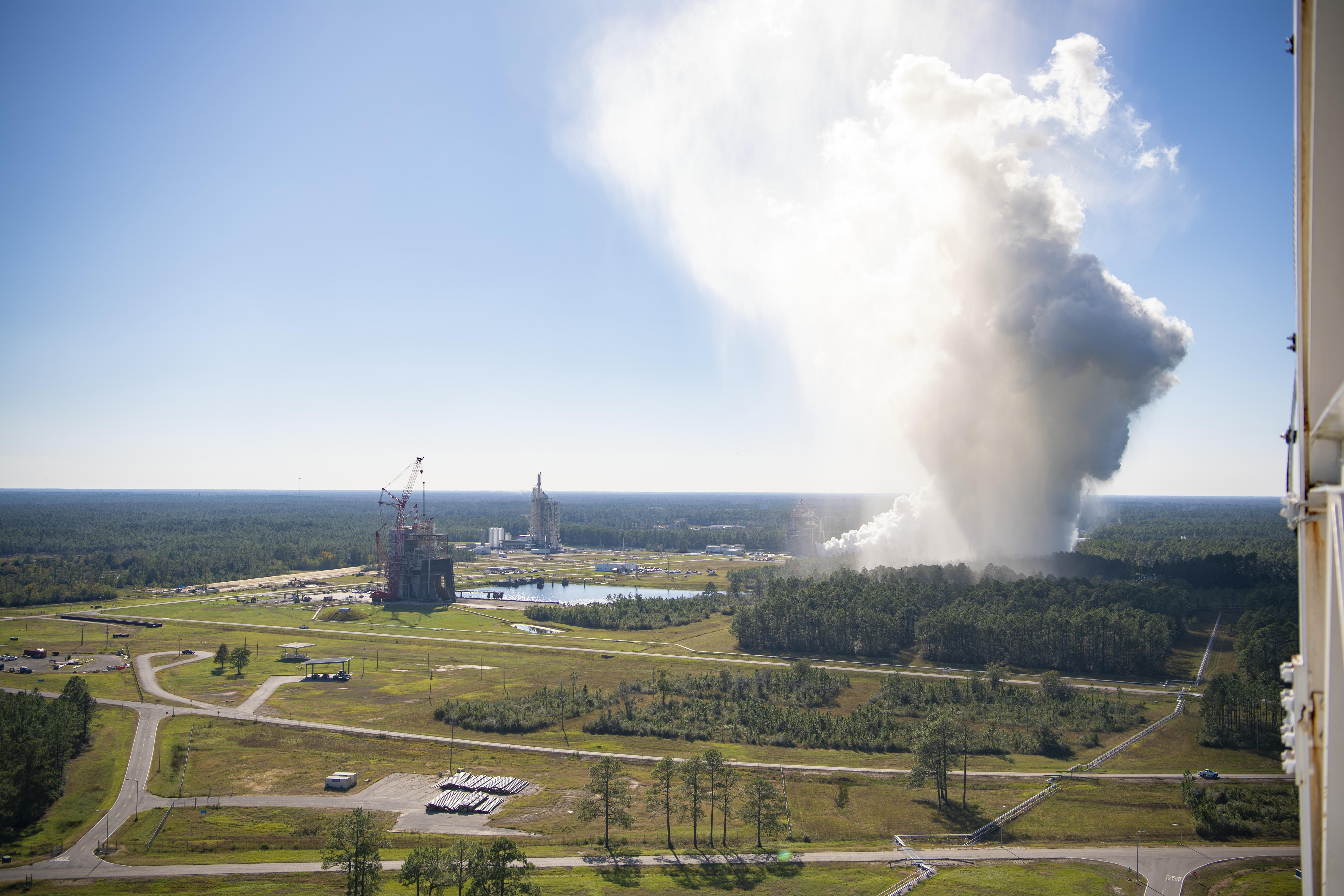 The second – and final – RS-25 certification test series begins Oct. 17, 2023. When the liquid hydrogen and liquid oxygen propellants mix and ignite, an extremely high temperature exhaust, of up to 6,000-degrees Fahrenheit, mixes with water to form steam that exits the flame deflector and rises into the atmosphere, forming a cloud that subsequently cools.NASA/Danny Nowlin
The second – and final – RS-25 certification test series begins Oct. 17, 2023. When the liquid hydrogen and liquid oxygen propellants mix and ignite, an extremely high temperature exhaust, of up to 6,000-degrees Fahrenheit, mixes with water to form steam that exits the flame deflector and rises into the atmosphere, forming a cloud that subsequently cools.NASA/Danny Nowlin 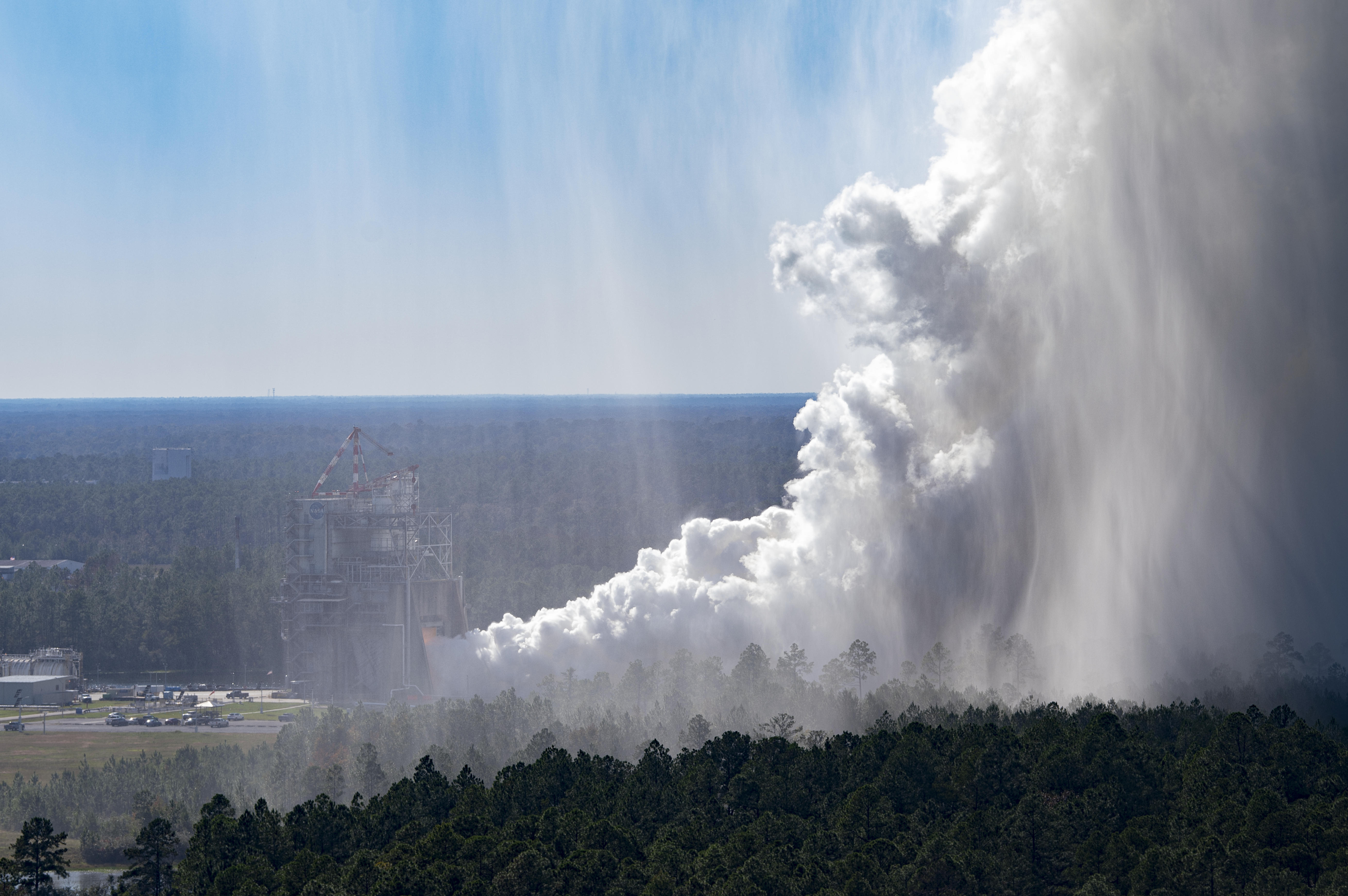 A cloud of steam is visible at NASA’s Stennis Space Center during an Oct. 17, 2023, hot fire that marks the first test in the critical series to support future SLS (Space Launch System) missions to deep space.NASA/Danny Nowlin
A cloud of steam is visible at NASA’s Stennis Space Center during an Oct. 17, 2023, hot fire that marks the first test in the critical series to support future SLS (Space Launch System) missions to deep space.NASA/Danny Nowlin 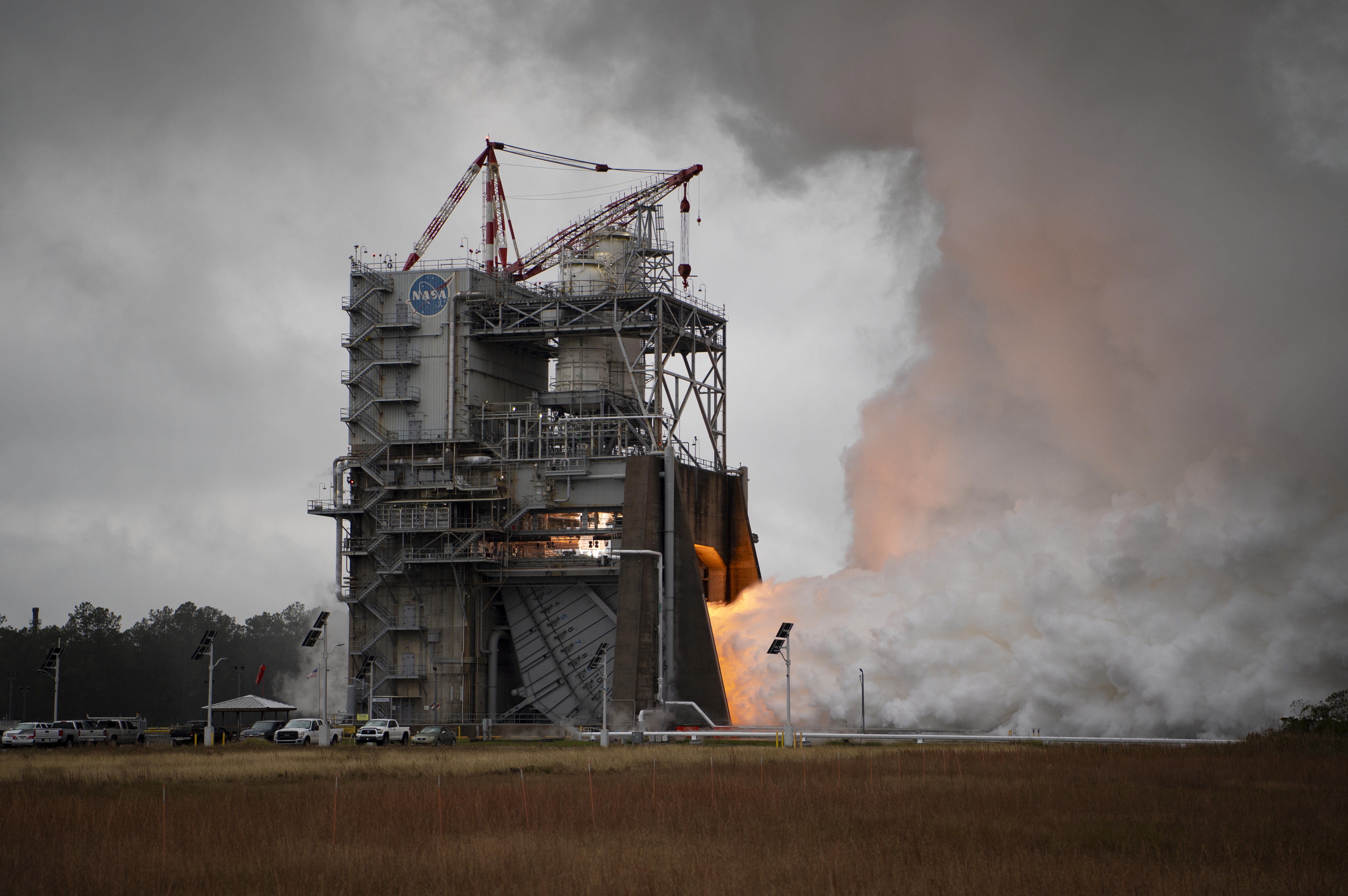 An RS-25 hot fire at NASA’s Stennis Space Center on Nov. 15, 2023, marks the second test of a 12-test engine certification series. The NASA Stennis test team typically fires the certification engine for 500 seconds, the same amount of time engines must fire to help launch the SLS (Space Launch System) rocket to space with astronauts aboard the Orion spacecraft. NASA/Danny Nowlin
An RS-25 hot fire at NASA’s Stennis Space Center on Nov. 15, 2023, marks the second test of a 12-test engine certification series. The NASA Stennis test team typically fires the certification engine for 500 seconds, the same amount of time engines must fire to help launch the SLS (Space Launch System) rocket to space with astronauts aboard the Orion spacecraft. NASA/Danny Nowlin 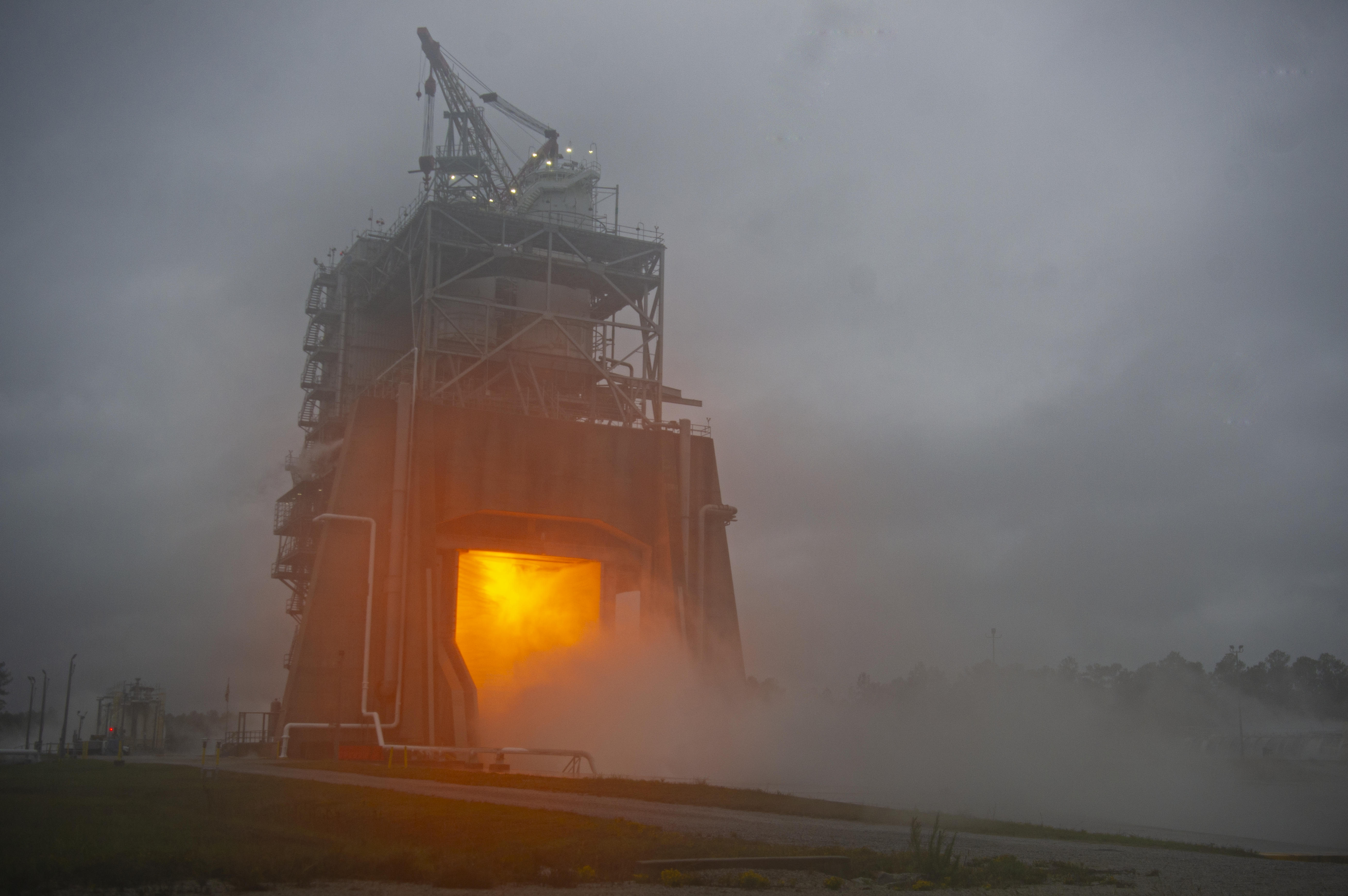 Operators fire the RS-25 engine at NASA’s Stennis Space Center on Nov. 15, 2023, up to the 113% power level. The first four Artemis missions are using modified space shuttle main engines that can power up to 109% of their rated level. New RS-25 engines will power up to the 111% level to provide additional thrust, so testing up to the 113% power level provides a margin of operational safety.NASA/Danny Nowlin
Operators fire the RS-25 engine at NASA’s Stennis Space Center on Nov. 15, 2023, up to the 113% power level. The first four Artemis missions are using modified space shuttle main engines that can power up to 109% of their rated level. New RS-25 engines will power up to the 111% level to provide additional thrust, so testing up to the 113% power level provides a margin of operational safety.NASA/Danny Nowlin 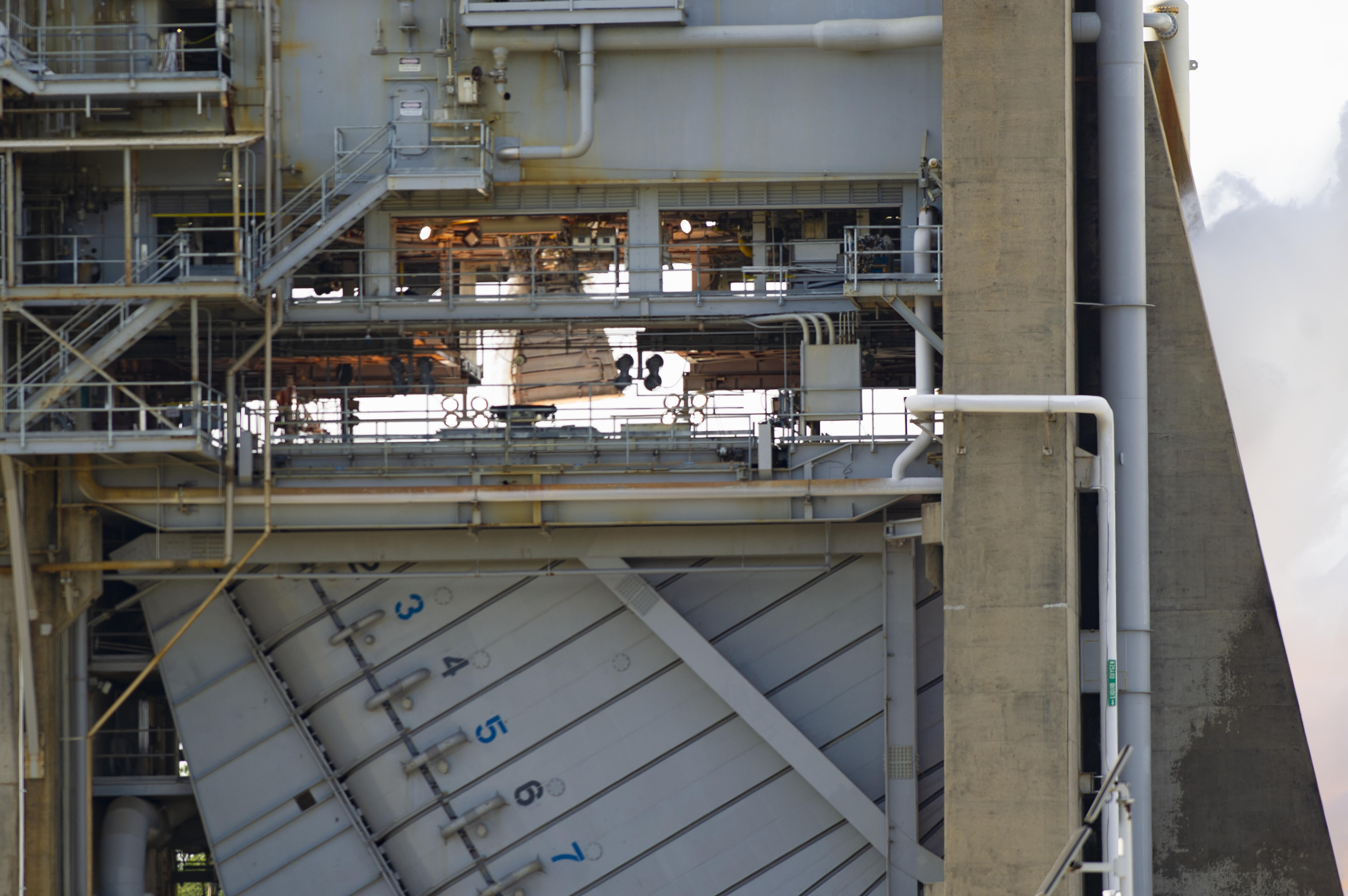 NASA demonstrates a key RS-25 engine capability necessary for flight of the SLS (Space Launch System) rocket during a hot fire on Nov. 29, 2023. Crews gimbaled, or pivoted, the RS-25 engine around a central point during the almost 11-minute (650 seconds) hot fire on the Fred Haise Test Stand at NASA’s Stennis Space Center.NASA/Danny Nowlin
NASA demonstrates a key RS-25 engine capability necessary for flight of the SLS (Space Launch System) rocket during a hot fire on Nov. 29, 2023. Crews gimbaled, or pivoted, the RS-25 engine around a central point during the almost 11-minute (650 seconds) hot fire on the Fred Haise Test Stand at NASA’s Stennis Space Center.NASA/Danny Nowlin 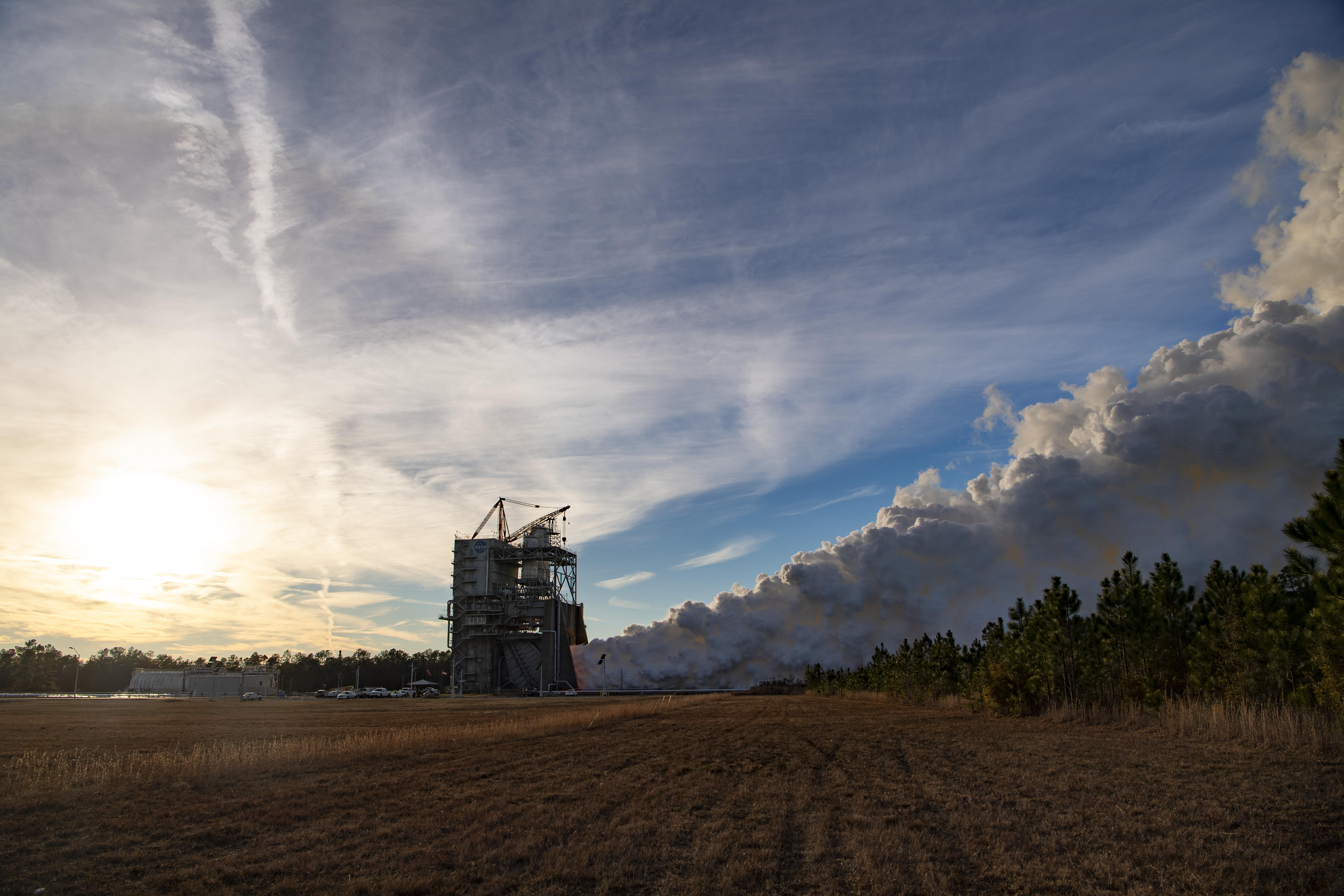 The first RS-25 engine test of 2024 takes place on Jan. 17, 2024, at NASA’s Stennis Space Center as crews complete a 500-second hot fire on the Fred Haise Test Stand. NASA/Danny Nowlin
The first RS-25 engine test of 2024 takes place on Jan. 17, 2024, at NASA’s Stennis Space Center as crews complete a 500-second hot fire on the Fred Haise Test Stand. NASA/Danny Nowlin 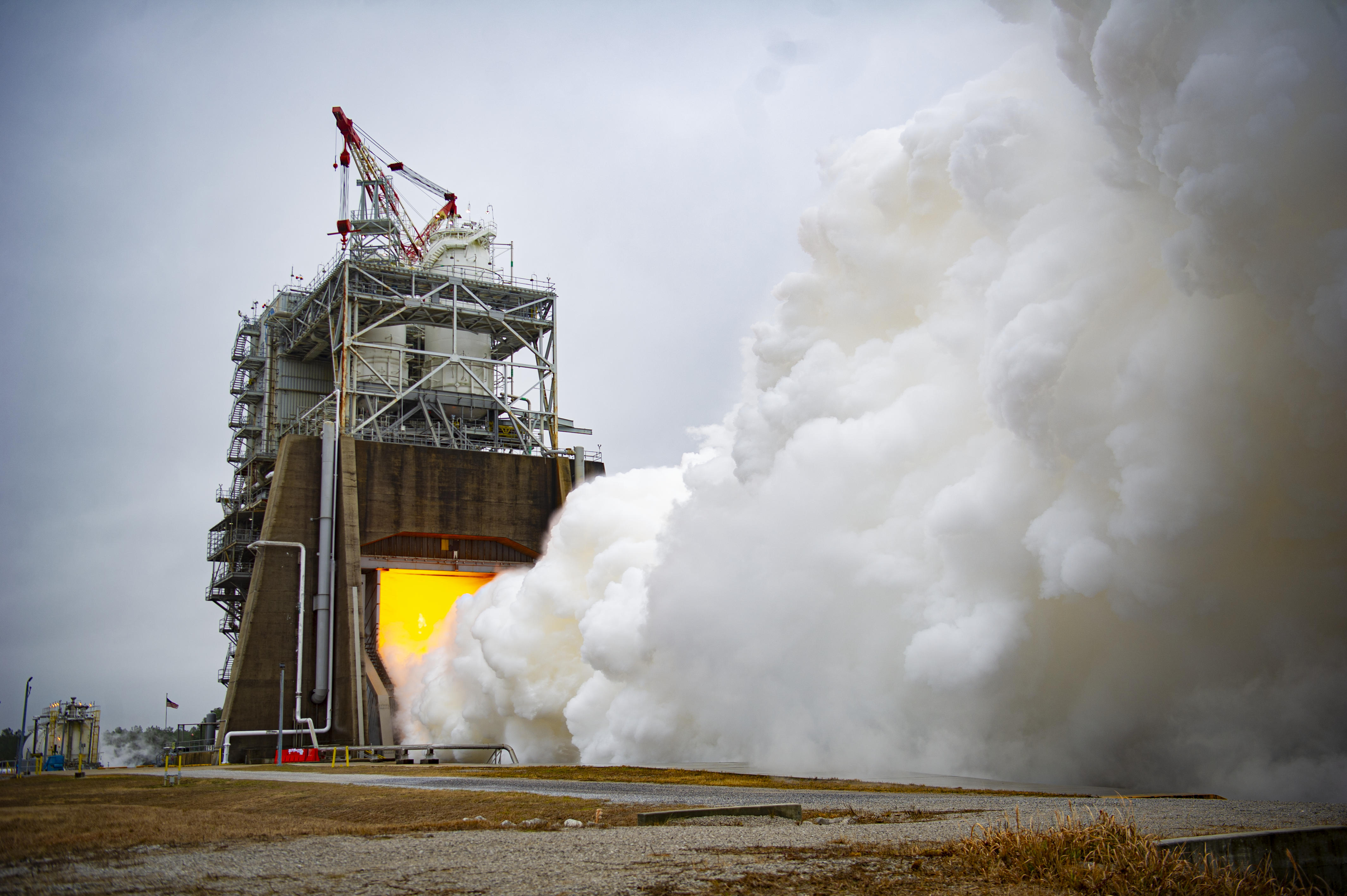 A remote field camera offers a head-on view of an RS-25 engine hot fire on the Fred Haise Test Stand at NASA’s Stennis Space Center on Jan. 23, 2024.NASA/Danny Nowlin
A remote field camera offers a head-on view of an RS-25 engine hot fire on the Fred Haise Test Stand at NASA’s Stennis Space Center on Jan. 23, 2024.NASA/Danny Nowlin 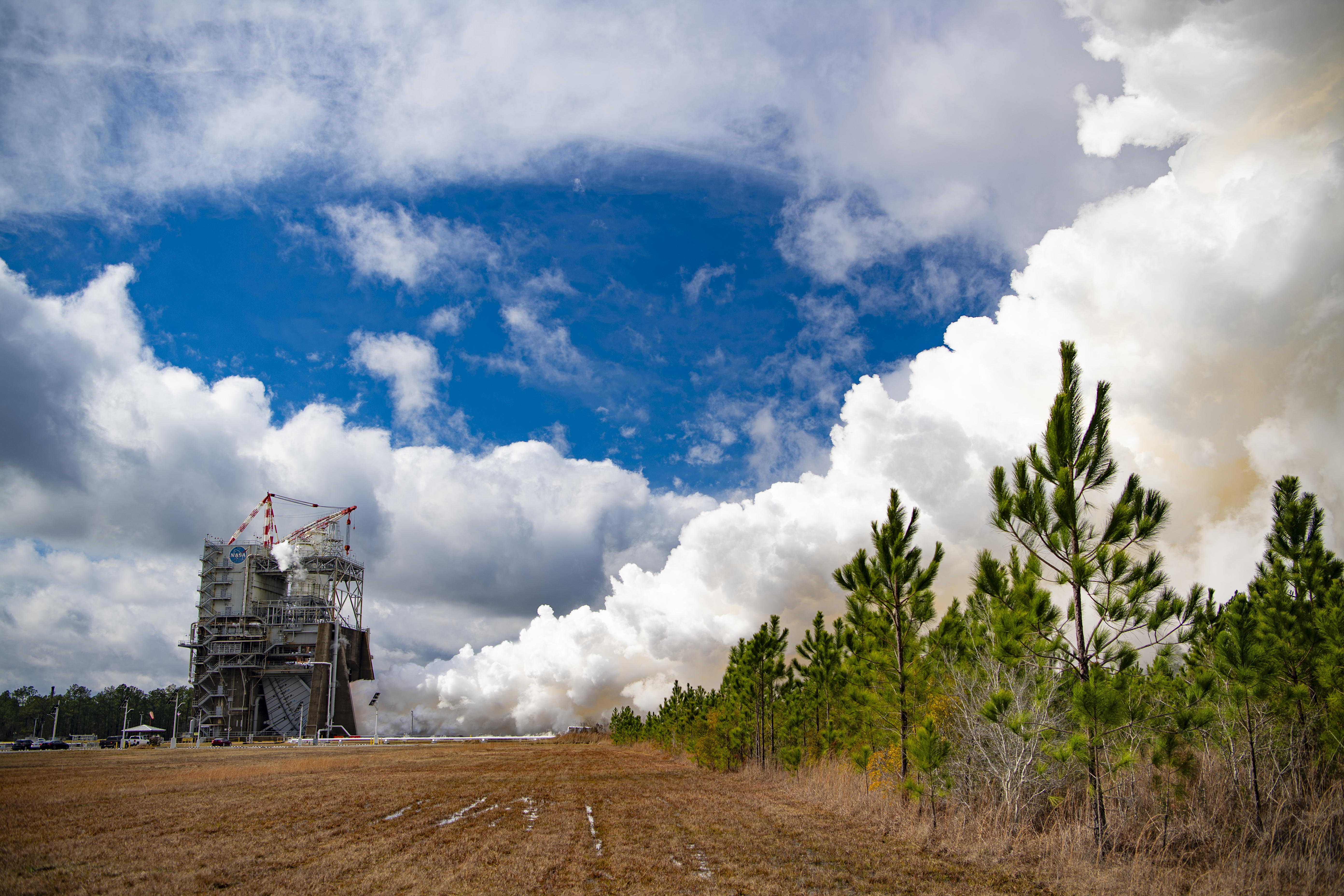 NASA marks the halfway point of its second RS-25 certification series on Jan. 27, 2024, with the sixth test of the series on the Fred Haise Test Stand at NASA’s Stennis Space Center. For each Artemis mission, four RS-25 engines, along with a pair of solid rocket boosters, power the SLS (Space Launch System) rocket, producing more than 8.8 million pounds of thrust at liftoff. NASA/Danny Nowlin
NASA marks the halfway point of its second RS-25 certification series on Jan. 27, 2024, with the sixth test of the series on the Fred Haise Test Stand at NASA’s Stennis Space Center. For each Artemis mission, four RS-25 engines, along with a pair of solid rocket boosters, power the SLS (Space Launch System) rocket, producing more than 8.8 million pounds of thrust at liftoff. NASA/Danny Nowlin 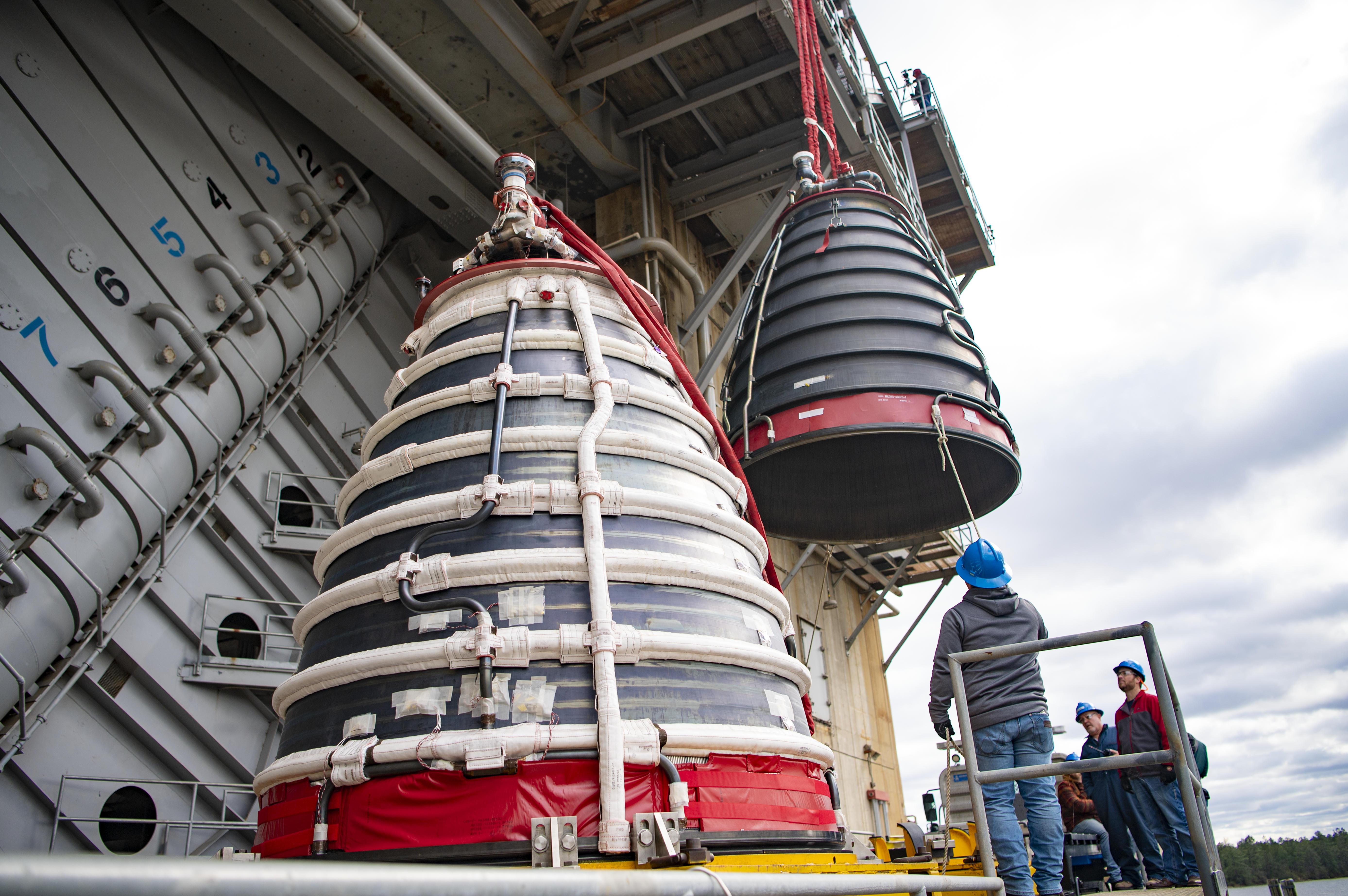 Teams at NASA’s Stennis Space Center install a second production nozzle, left, on Feb. 6, 2024, to gather additional performance data on the RS-25 certification engine at the Fred Haise Test Stand.NASA/Danny Nowlin
Teams at NASA’s Stennis Space Center install a second production nozzle, left, on Feb. 6, 2024, to gather additional performance data on the RS-25 certification engine at the Fred Haise Test Stand.NASA/Danny Nowlin 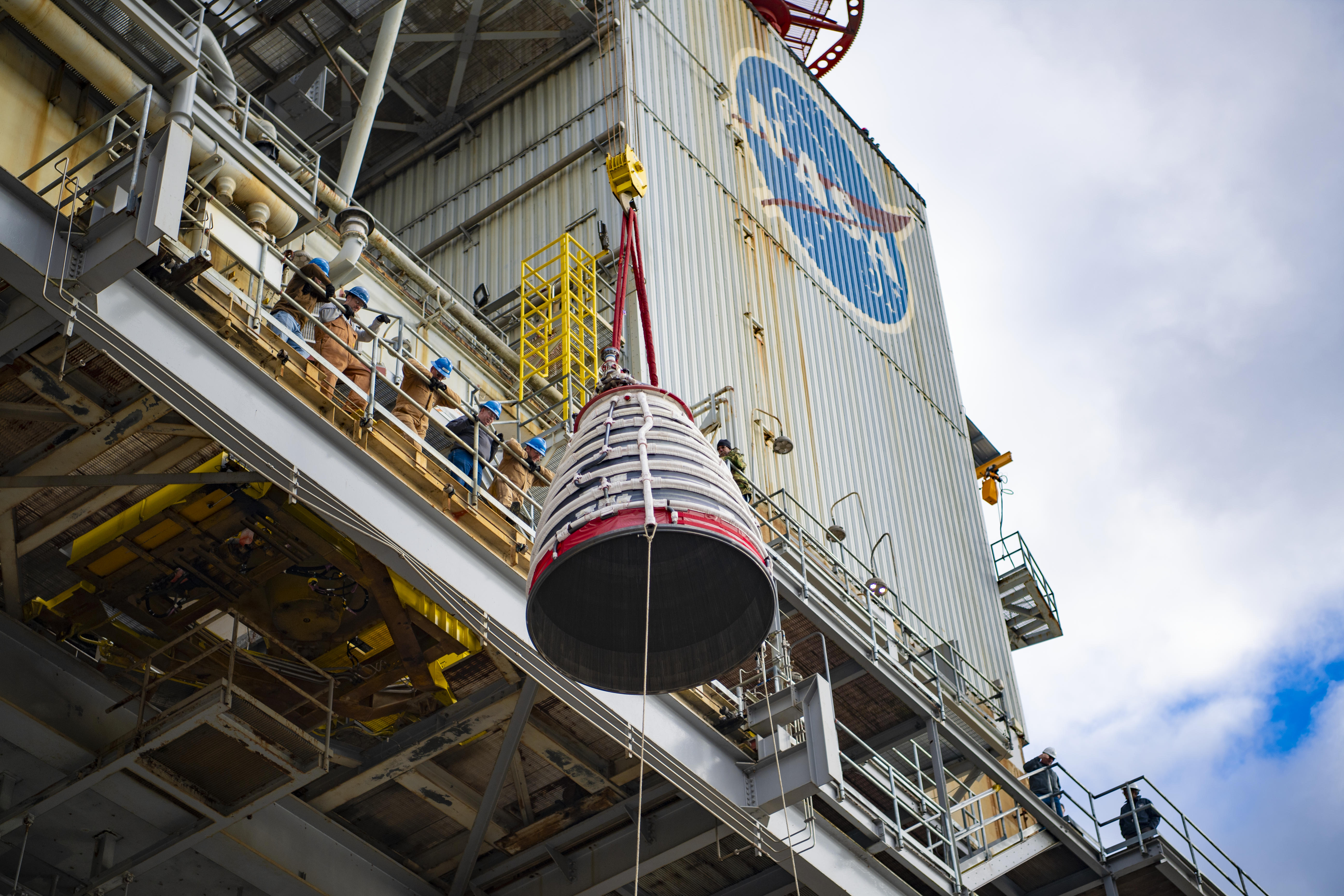 A new RS-25 engine production nozzle is lifted on the Fred Haise Test Stand at NASA’s Stennis Space Center on Feb. 6, 2024. Crews used specially adapted procedures and tools to swap out the nozzles with the engine in place on the stand.NASA/Danny Nowlin
A new RS-25 engine production nozzle is lifted on the Fred Haise Test Stand at NASA’s Stennis Space Center on Feb. 6, 2024. Crews used specially adapted procedures and tools to swap out the nozzles with the engine in place on the stand.NASA/Danny Nowlin 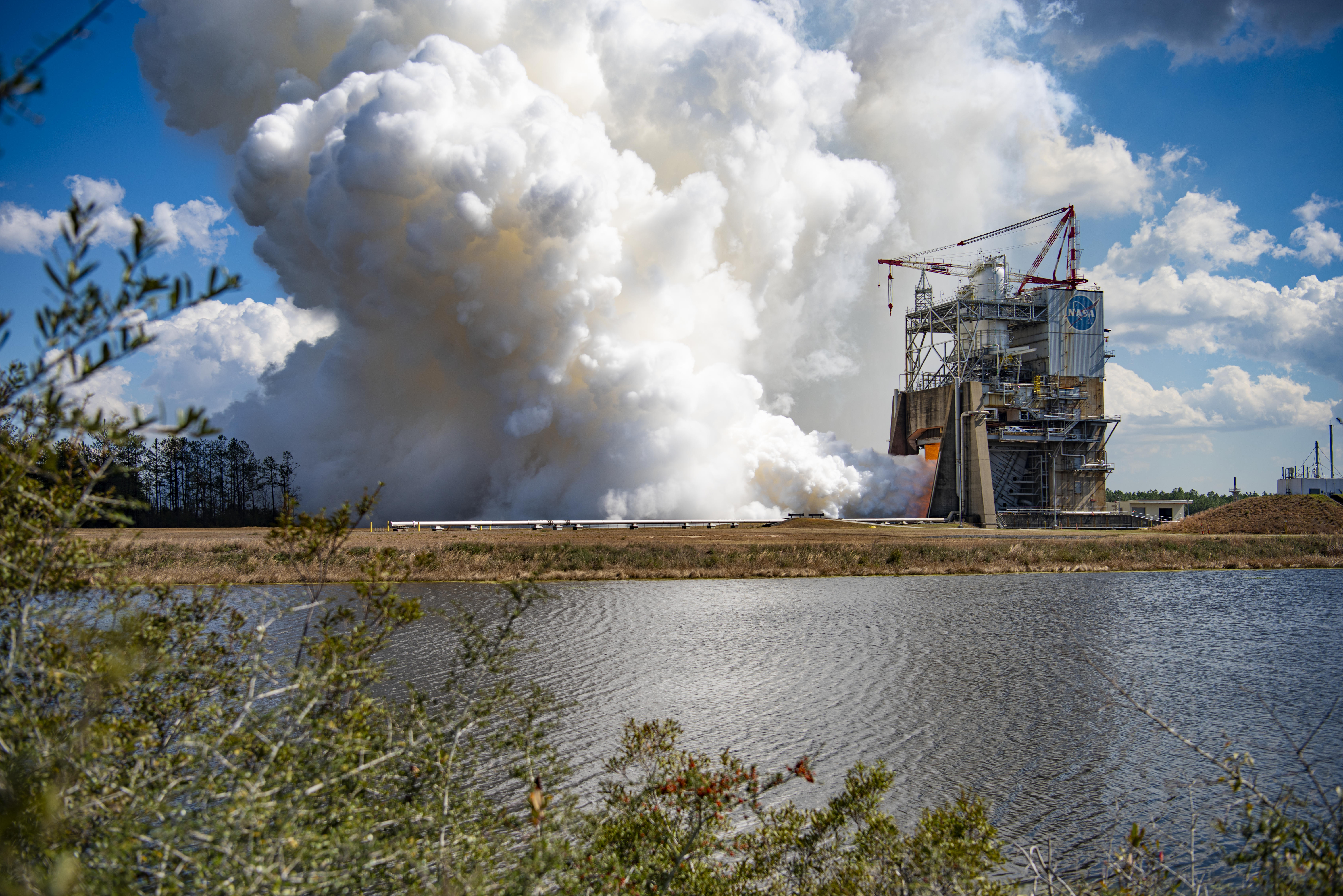 Operators fire RS-25 engine E0525 for 550 seconds and up to a power level of 113% on the Fred Haise Test Stand at NASA’s Stennis Space Center on Feb. 23, 2024. The hot fire test was the first featuring a new engine nozzle, allowing engineers to collect and compare performance data on a second production unit.NASA/Danny Nowlin
Operators fire RS-25 engine E0525 for 550 seconds and up to a power level of 113% on the Fred Haise Test Stand at NASA’s Stennis Space Center on Feb. 23, 2024. The hot fire test was the first featuring a new engine nozzle, allowing engineers to collect and compare performance data on a second production unit.NASA/Danny Nowlin 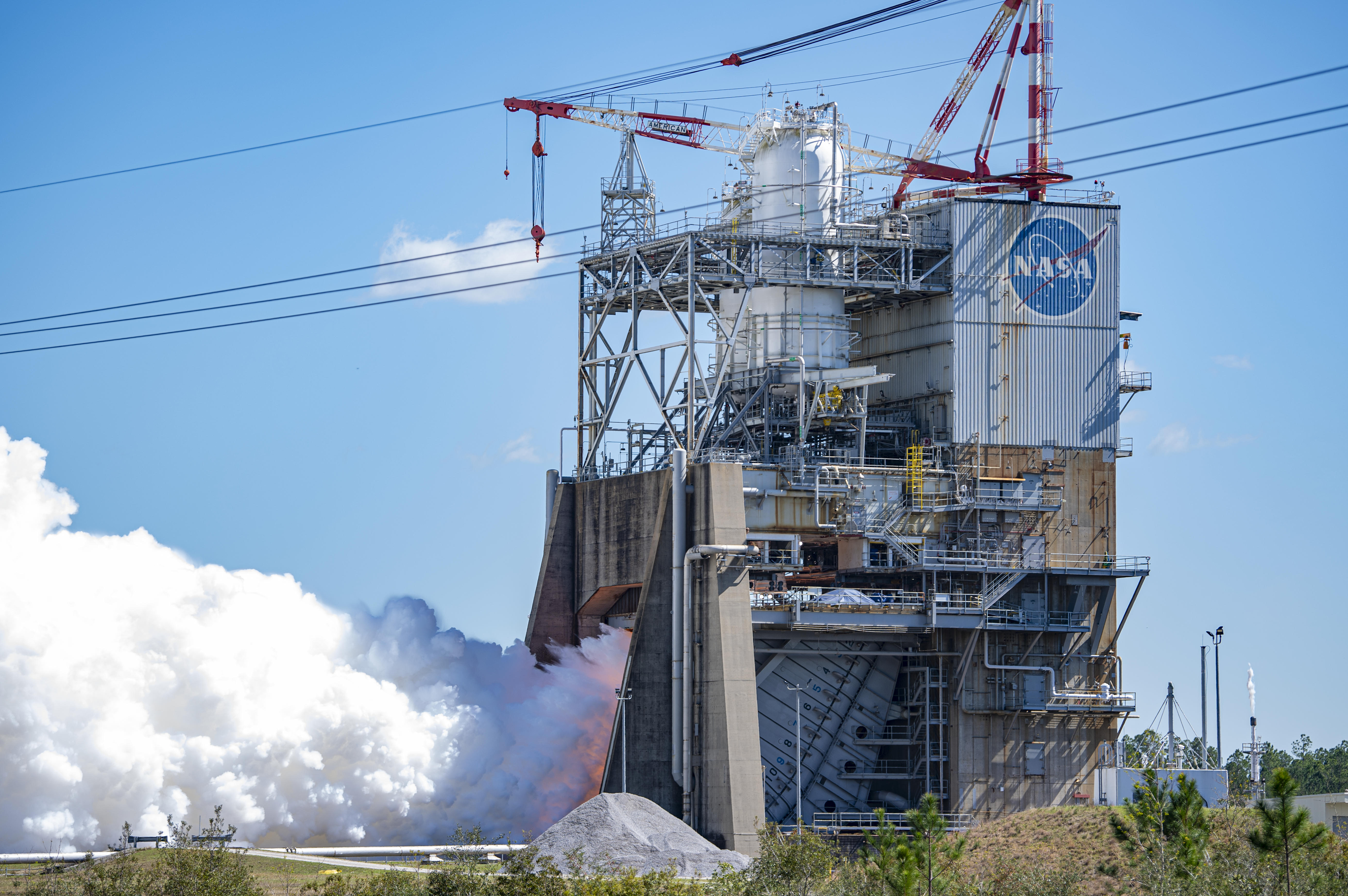 The third RS-25 hot fire of 600 seconds or more is conducted March 6, 2024, at NASA’s Stennis Space Center. The full-duration test on the Fred Haise Test Stand marked the ninth in a 12-test certification series for production of new engines to help power NASA’s SLS (Space Launch System) rocket on Artemis missions to the Moon and beyond, beginning with Artemis V. NASA/Danny Nowlin
The third RS-25 hot fire of 600 seconds or more is conducted March 6, 2024, at NASA’s Stennis Space Center. The full-duration test on the Fred Haise Test Stand marked the ninth in a 12-test certification series for production of new engines to help power NASA’s SLS (Space Launch System) rocket on Artemis missions to the Moon and beyond, beginning with Artemis V. NASA/Danny Nowlin 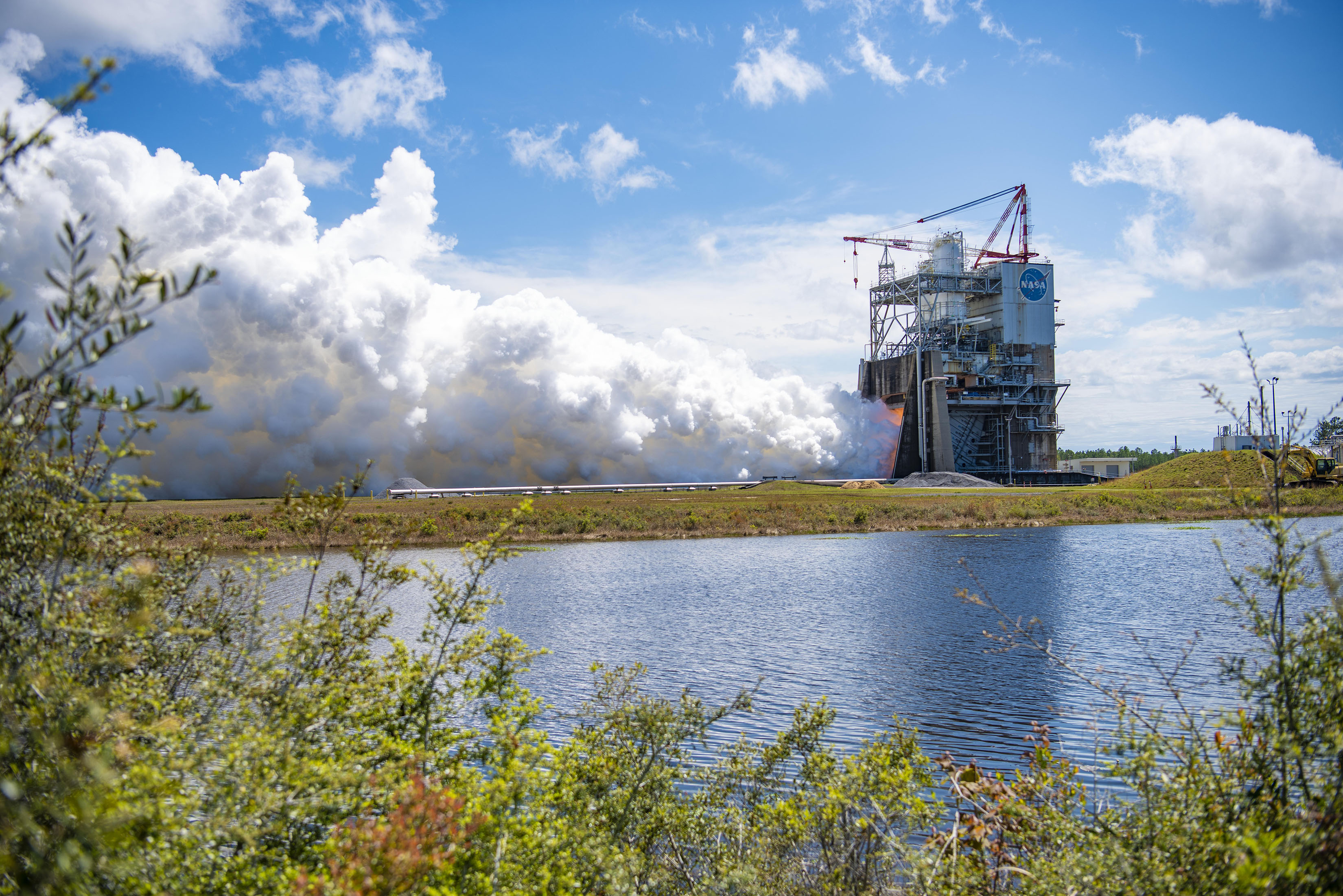 The test team at NASA’s Stennis Space Center conduct the first RS-25 hot fire of spring 2024 on March 22, powering the engine for a full duration 500 seconds and up to a power level of 113%.NASA/Danny Nowlin
The test team at NASA’s Stennis Space Center conduct the first RS-25 hot fire of spring 2024 on March 22, powering the engine for a full duration 500 seconds and up to a power level of 113%.NASA/Danny Nowlin 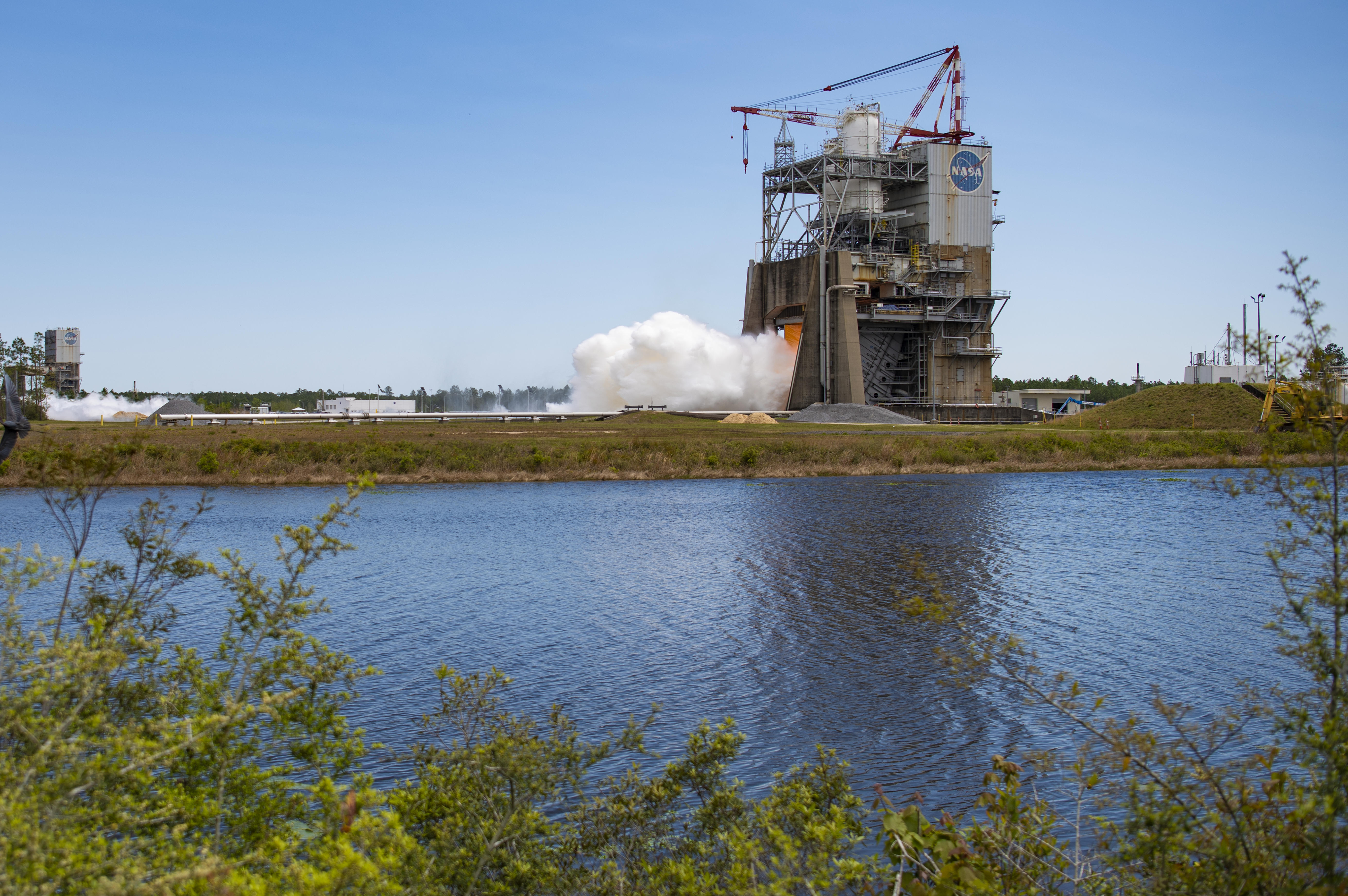 NASA closes in on a milestone for production of new RS-25 engines to help power future Artemis missions to the Moon and beyond following a successful full duration test on March 27, 2024, at NASA’s Stennis Space Center. The hot fire marked the 11th test of a 12-test series.NASA/Danny Nowlin
NASA closes in on a milestone for production of new RS-25 engines to help power future Artemis missions to the Moon and beyond following a successful full duration test on March 27, 2024, at NASA’s Stennis Space Center. The hot fire marked the 11th test of a 12-test series.NASA/Danny Nowlin 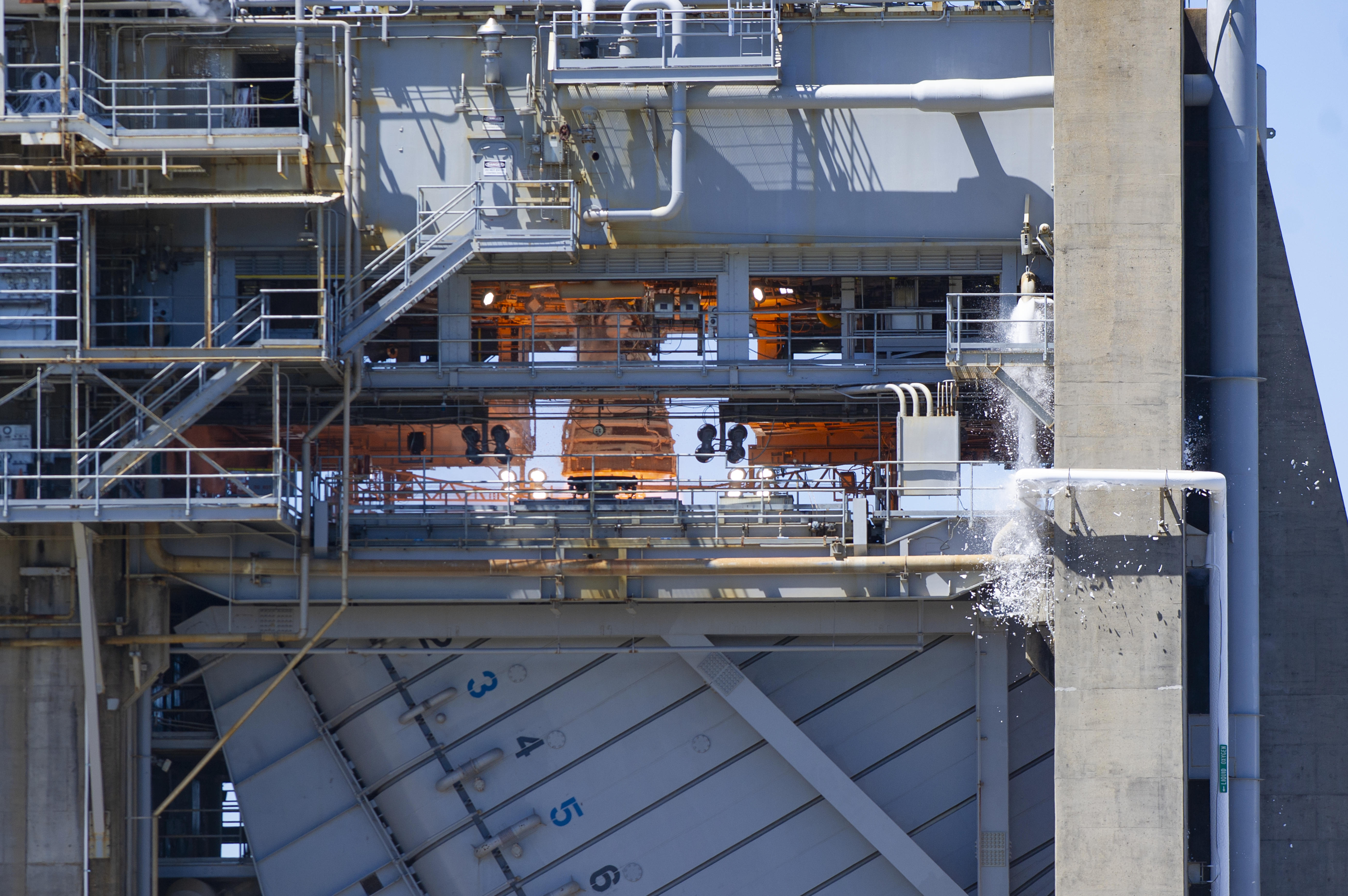 NASA conducted a full-duration RS-25 hot fire April 3 on the Fred Haise Test Stand at NASA’s Stennis Space Center near Bay St. Louis, Mississippi.NASA/Danny Nowlin NASA achieved a major milestone April 3 for production of new RS-25 engines to help power its Artemis campaign to the Moon and beyond with completion of a critical engine certification test series at NASA’s Stennis Space Center near Bay St. Louis, Mississippi.
NASA conducted a full-duration RS-25 hot fire April 3 on the Fred Haise Test Stand at NASA’s Stennis Space Center near Bay St. Louis, Mississippi.NASA/Danny Nowlin NASA achieved a major milestone April 3 for production of new RS-25 engines to help power its Artemis campaign to the Moon and beyond with completion of a critical engine certification test series at NASA’s Stennis Space Center near Bay St. Louis, Mississippi.
The 12-test series represents a key step for lead engines contractor Aerojet Rocketdyne, an L3Harris Technologies company, to build new RS-25 engines, using modern processes and manufacturing techniques, for NASA’s SLS (Space Launch System) rockets that will power future lunar missions, beginning with Artemis V.
“The conclusion of the certification test series at NASA Stennis is just the beginning for the next generation of RS-25 engines that will help power human spaceflight for Artemis,” said Johnny Heflin, SLS liquid engines manager. “The newly produced engines on future SLS rockets will maintain the high reliability and safe flight operational legacy the RS-25 is known for while enabling more affordable high-performance engines for the next era of deep space exploration.”
Through Artemis, NASA will establish the foundation for long-term scientific exploration at the Moon; land the first woman, first person of color, and first international partner astronaut on the lunar surface; and prepare for human expeditions to Mars for the benefit of all.
Contributing to that effort, the NASA Stennis test team conducted a full-duration, 500-second hot fire to complete the 12-test series on developmental engine E0525, providing critical performance data for the final RS-25 design certification review. The April 3 hot fire completed a test series that began in October 2023.
RS-25 engines are evolved space shuttle main engines, upgraded with new components to produce the additional power needed to help launch NASA’s SLS rocket. The first four Artemis missions are using modified space shuttle main engines also tested at NASA Stennis. For each Artemis mission, four RS-25 engines, along with a pair of solid rocket boosters, power the SLS rocket, producing more than 8.8 million pounds of total combined thrust at liftoff.
“This was a critical test series, and credit goes to the entire test team for their dedication and unique skills that allowed us to meet the schedule and provide the needed performance data,” said Chip Ellis, project manager for RS-25 testing at NASA Stennis. “The tests conducted at NASA Stennis help ensure the safety of our astronauts and their future mission success. We are proud to be part of the Artemis mission.”
The E0525 developmental engine featured new key components – including a nozzle, hydraulic actuators, flex ducts, and turbopumps – that matched design features of those used during an initial certification test series completed at NASA Stennis last summer.
The two certification test series helped verify the new engine components meet all Artemis flight requirements moving forward. Aerojet Rocketdyne is using techniques such as 3D printing to produce new RS-25 engines more efficiently, while maintaining high performance and reliability. NASA has awarded the company contracts to provide 24 new engines, supporting SLS launches for Artemis V through Artemis IX.
“Successfully completing this rigorous test series is a testament to the outstanding work done by the team to design, implement and test this upgraded version of the RS-25 that reduces the cost by 30% from the space shuttle program,” said Mike Lauer, RS-25 program director at Aerojet Rocketdyne. “We tested the new RS-25 engines to the extreme limits of operation to ensure the engines can operate at a higher power level needed for SLS and complete the mission with margin.”
RS-25 Final Certification Test Series by the Numbers All RS-25 engines are tested and proven flightworthy at NASA Stennis prior to use on Artemis missions. RS-25 tests at the center are conducted by a diverse team of operators from NASA, Aerojet Rocketdyne, and Syncom Space Services, prime contractor for site facilities and operations.
Facebook logo @NASASTENNIS @NASASTENNIS Instagram logo @NASASTENNIS
Keep Exploring Discover More Topics from NASA Stennis Doing Business with NASA Stennis
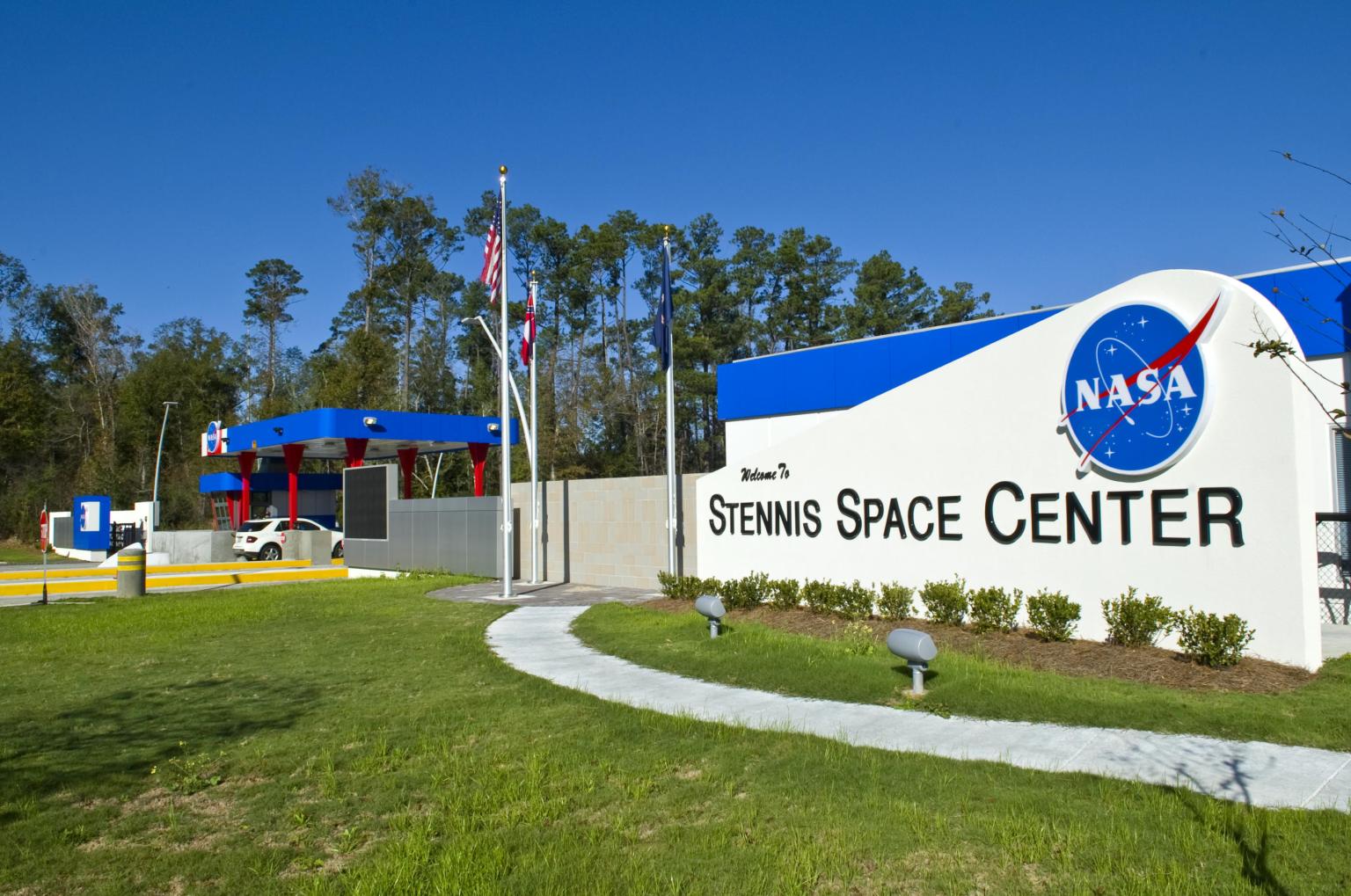

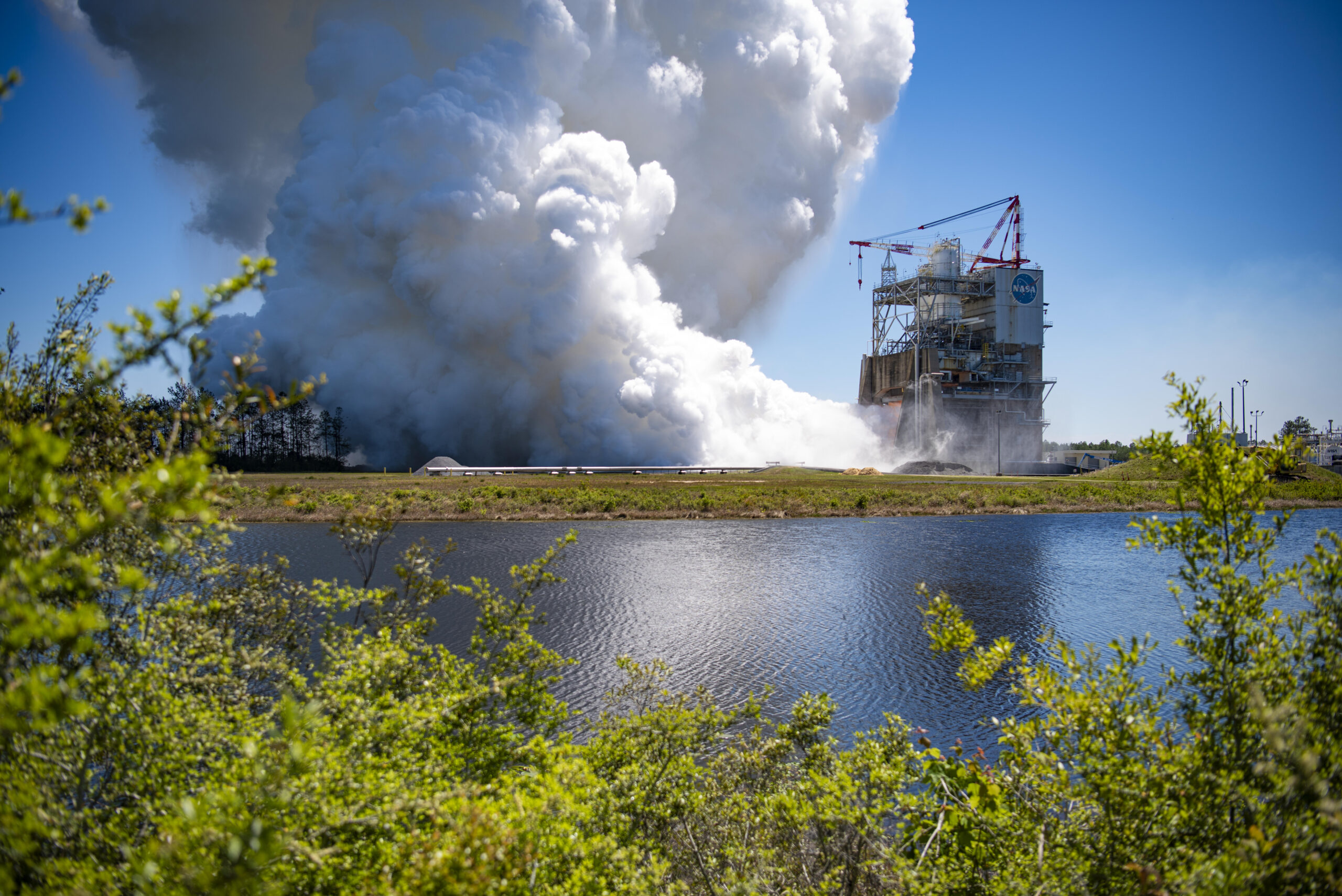
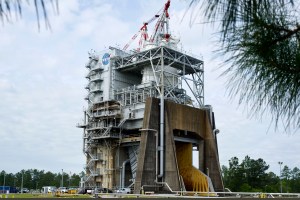 3 min read NASA to Continue Testing for New Artemis Moon Rocket Engines Article 1 month ago
3 min read NASA to Continue Testing for New Artemis Moon Rocket Engines Article 1 month ago 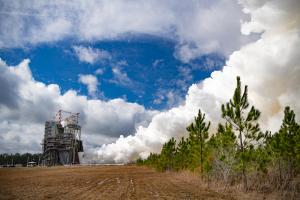 2 min read NASA Marks Halfway Point for Artemis Moon Rocket Engine Certification Series Article 2 months ago
2 min read NASA Marks Halfway Point for Artemis Moon Rocket Engine Certification Series Article 2 months ago 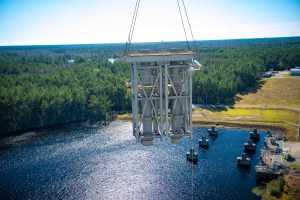 3 min read NASA Stennis Continues Preparations for Future Artemis Testing Article 4 months ago
3 min read NASA Stennis Continues Preparations for Future Artemis Testing Article 4 months ago 